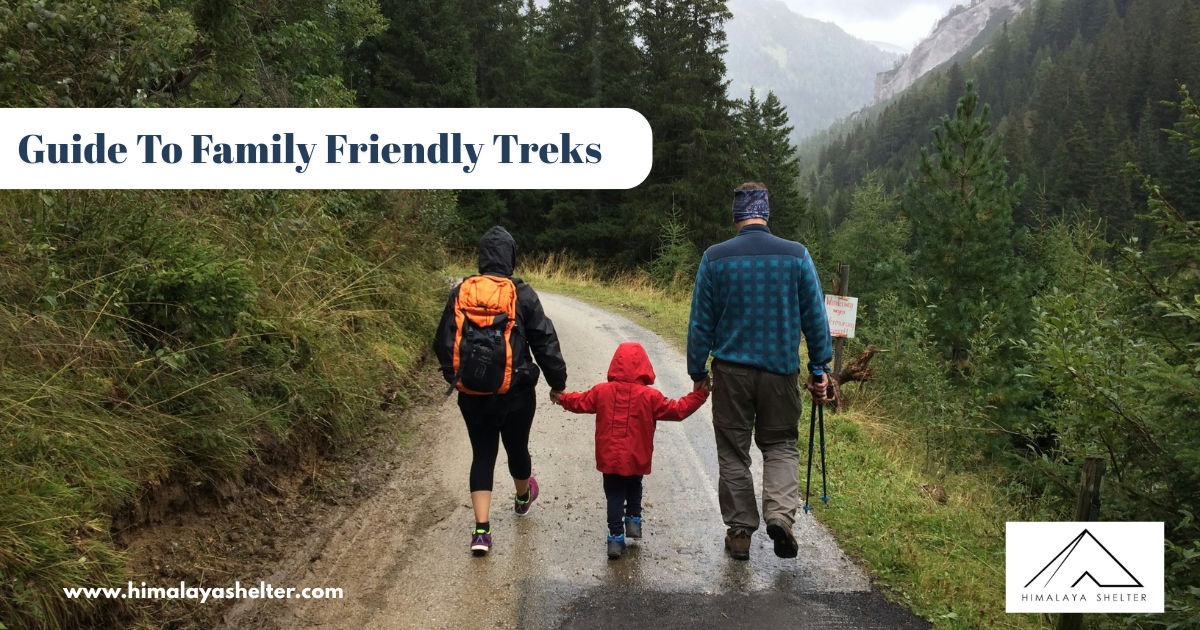
Guide To Family Friendly Treks : Guide to family-friendly Treks adventurous activities
This article helps you to understand the requirements for treks for family and kids, children can be a lot of fun and make a child love the outdoors when young. However, taking children on a trek who do not want to stay back home always requires strategy and an executed plan that will be safe yet full of fun to create memorable moments as a family. This is how you should prepare for a Guide to family friendly treks – read here for advice, tips, and more information.
Treks with family and children are one of the best combinations a trekker could embark on
Choosing the Right Trek
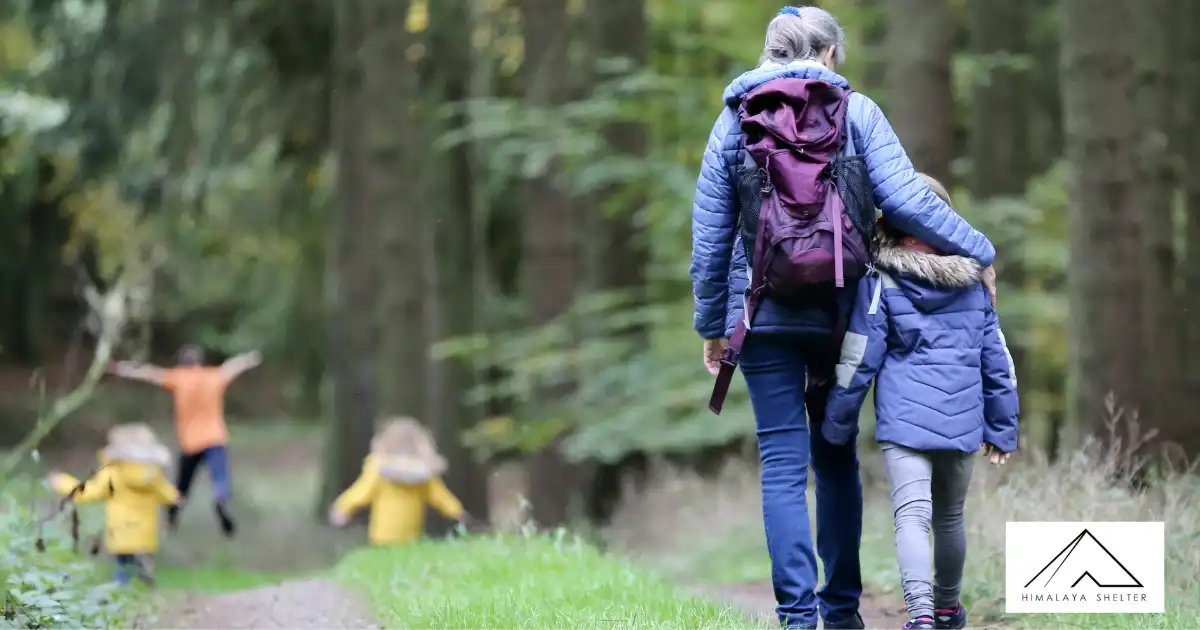
Guide to family friendly treks, Deciding on the perfect trekking trail requires a lot of consideration especially when you are trekking with your children.
Difficulty Level: Choose paths that are easy to moderate, and that will not overwhelm your children, given their body condition and endurance. Trekking ought to be done in shorter distances with gradual slopes, and tracks that are easily identifiable preferably full-day treks.
Distance and Duration: Make the progression of the trek not span long distances and should not consume much time. One- and two-day treks or treks that can last up to three days are what young trekking enthusiasts can handle.
Accessibility: Select treks that include moderate options that have nearby amenities like washrooms, water supply, and medical aid.
Preparing Your Kids

If well prepared, then the chances are that the anxiety that comes with the trek shall be minimized for your children.
Physical Fitness: Promote frequency of exercise to enable the patients to gain more strength and also stamina. It is recommended that they take them for practice hikes around parks or nature reserves within their community so that they can increase their endurance and become familiar with walking long distances.
Involve Them in Planning: Incorporate the children in the planning for the behavior change. Explain the route, and what they would want to see, and make them pack their equipment. This can create anticipation as well as feelings of responsibility.
Set Expectations: Beginners should learn the common trekking practices: safety measures, trail etiquette, and the all-important aspects of group formation.
Must Read: Best Treks for Family in Uttarakhand
Guide to family friendly treks- Packing Essentials
Proper gearing during the trekking is very essential to avoid cases of discomfort and or injuries.
- Backpacks: Select lightweight backpacks, designed for children, and have good back support and well-padded straps. Make sure your kids have only what is needed; preferably a bottle of water, some sweets or chocolates, and a thin jacket.
- Clothing: Bring good and matched weather outfits of clothing through evaluating the types of climates possible to expect. Apparel is multiple and it is made of some levels including base layers that are designed to draw moisture away from the skin, mid layers that are insulating, and shell layers that repel water.
- Footwear: Foot care, therefore, requires you to put on good quality comfortable, trekking shoes or boots that are supportive and provide grip on challenging surfaces. Ensure that they are torn before the trekking so that they do not cause blisters during the trek.
- Snacks and Water: I should be sure to bring many snack foods, particularly whole foods such as nuts, dried fruits, granola bars, and fresh fruits. It is important to stay as hydrated as you can—pack enough water and you might even want to get a hydration system so you don’t have to stop every time you get thirsty.
Safety First
This is a very significant goal and everyone’s priority is to secure the lives of the people that they love.
- First Aid Kit: Every traveler must have a minimum basic first aid kit that will include things like adhesive tapes, bandages, poly sutures and antiseptic wipes, analgesics, insect repellent, and any prescription medications that may be required. You have to know the measures that may be needed in any case, it is first aid rules that have to be studied.
- Navigational Aids: It is worthwhile to always have a map, compass, and if possible a GPS receiver on you at all times. Explain to your children the basics of compliance with the instructions and make sure that they know why it is necessary to remain on the given path.
- Communication Devices: A Charger, a power bank, and a whistle must be taken. For the case of an emergency, the following arrangements made and a schedule developed are very useful. Make certain that the public acknowledges how to make effective use of them.
Activities
How to Make the Trek Something They Will Enjoy and, at the Same Time, Learn From The kids are more likely to be happy when they are entertained, the following are some tips on how to make the journey smoother.
- Games and Activities: Make it playful with ideas such as scavenger hunts, nature bingo, or storytelling. These can help to ignore fatigue and make the trip interesting.
- Educational Opportunities: Apply the trek as a teaching moment for your kids about the environment, animals, and conservancy. Take a nature reference book which will help in the identification of plants, animals, and birds.
Rest and Nutrition
Mainly, one should remember that people should take breaks at work and have proper meals to be fresh and energetic.
- Frequent Breaks: Schedule a work session and plan breaks for each of the groups to rest from the physical exercise, have water, and admire the view. These breaks can afford snacking and stretching time The means stated can be used for snacking and stretching.
- Balanced Meals: See that you take nutrient-dense meals; these should include carbohydrates, proteins, and healthy fats. When thinking about stuff to pack, you may want to think about packing relatively light, and take healthy foods such as sandwiches, cheese, nuts carry fruits.
- Stay Hydrated: It is recommended that proper intake of water be done with many stops for drinks in case the destination is hot. This is because, with reduced water intake, the body is unable to supply appropriate amounts of blood and oxygen to the body tissues and organs leading to fatigue and many other complications.
Adjusting Your Pace

Slower the trekking to the pace of the slowest or the least experienced family member during the trek.
- Go Slow: Trekking with the kids involves some level of exercise and most of the time this requires one to be patient. Just let them do this on their own time and let them wander around as they wish to.
- Encouragement and Support: Ensure you constantly motivate the group so that morale will not be a problem. Be ready to help them in some way, whether this is helping them carry their pack for a portion of time or supporting their arm during a more difficult stretch.
Respecting Nature
An aspect of ethical outdoor behavior you should model and teach to your children is the Leave No Trace outdoor ethics.
- Leave No Trace: It will be wise to teach your kids the need to leave nature as they find it from time to time. This ranges from minimizing littering to avoiding anything that intrudes on the lives of animals and avoiding leaving tracks on areas not opened for trails.
- Wildlife Safety: Why is it permissible to watch the wildlife from a distance without attempting to feed animals? Explain to them, what they should do if they meet a wild animal on a trail.
Post-Trek Reflection
Subsequently, the experience can be followed by a sense of accomplishment and reinforcement of family relationships.
- Share Stories: With that said, here are some discussions and concerns that may be performed after the trekking adventure: Explain what was gained by all and what they particularly liked in the trip.
- Create Memories: Make a photo or scrapbook album of the photographs, drawings, or any other material that was taken during the trek. It can be a very fun and engrossing family project and what better way to preserve the experience? How to create memories: There are a lot of blogs on trekking experiences with family on the internet that will give you an overview of the same.
Conclusion
Guide to family friendly treks, It is always such a fun time to go trekking with the kids because you will be introducing them to the love of trekking, and nature and getting to bond with the family. If proper planning and preparation are done, then the hike becomes safe, fun, and an informative experience for everybody. Selecting the correct path up to ensuring that carrying the necessary utensils and undertaking the entire trip makes it enjoyable is considered in each course of the trip. Thus, put on your hiking shoes, assemble everybody in your family, and go on a trek that all your family members will enjoy.
Contact Details:
Himalaya Shelter organizes customized trekking programs for Winter treks, Summer treks, Monsoon treks, High mountain passes treks, Glacier treks, Cultural Exploration treks, and many others. With Himalaya Shelter, you can expect to get the best trekking experience by trekking with trained trek leaders, getting excellent quality equipment, and enjoying delicious meals while savouring the beauty of Mother Nature. For more details Contact Us on…
Contact No: +91 9458386006
Email ID: info@himalayashelter.com
In Himalayan Shelter, we provide you with the option to customize your trekking experience. Whether you’re a solo traveller, a group of friends, or a family, you can opt for our personalized tailor-made trekking program. This customized trek will be exclusively designed for you, taking into account your specific requirements for transportation, accommodation, meals, and any other premium facilities you may need during the trek. No other participants will be added to your group. Choosing a customized trek will enable you to fully enjoy the trek with your loved ones.
About Author

Himalaya Shelter
Recent news
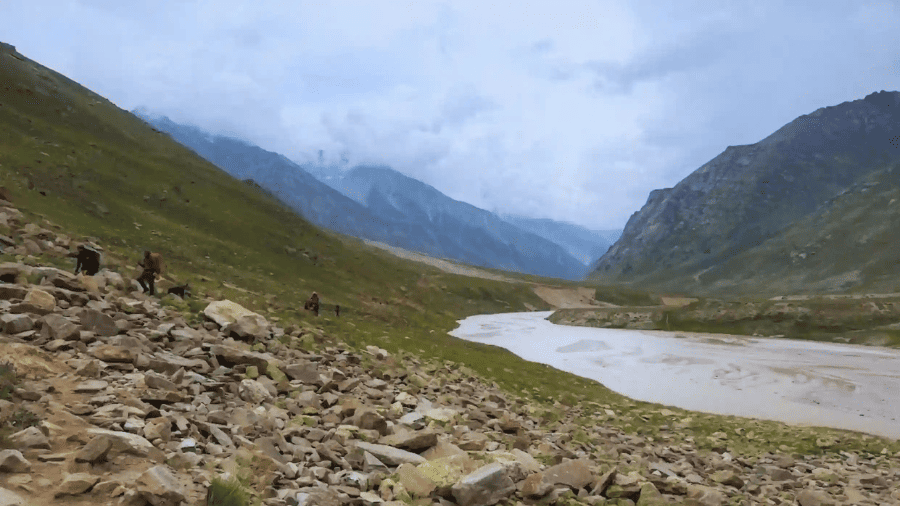
23 Dec 2025

20 Dec 2025
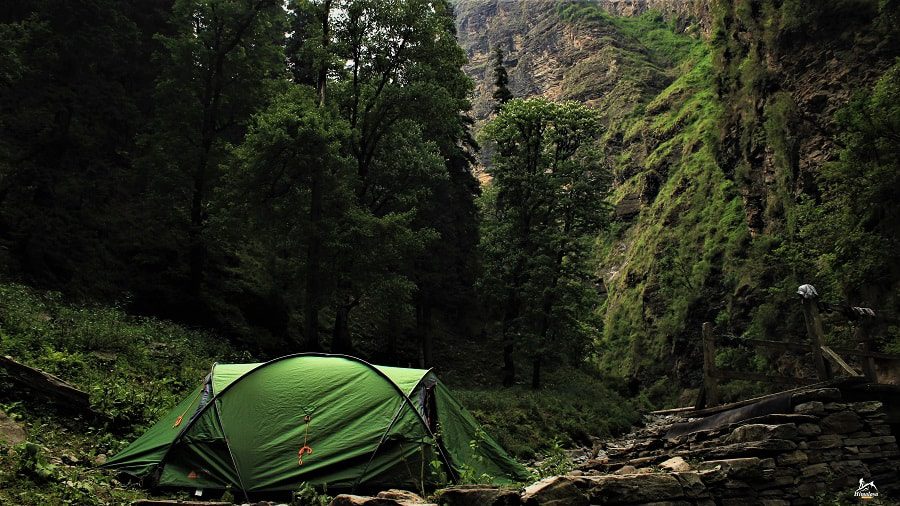
18 Dec 2025

16 Dec 2025
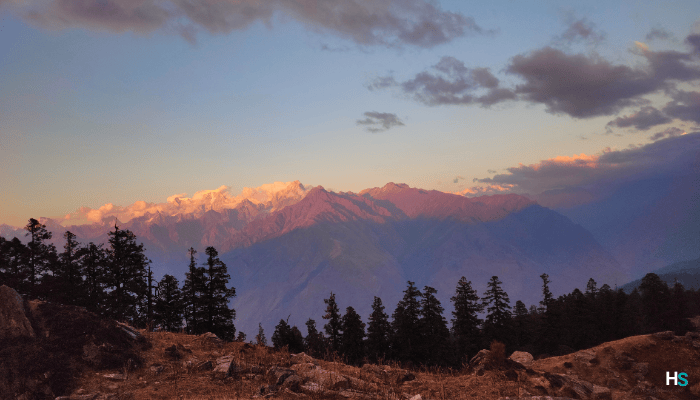
10 Dec 2025
Recommended Treks
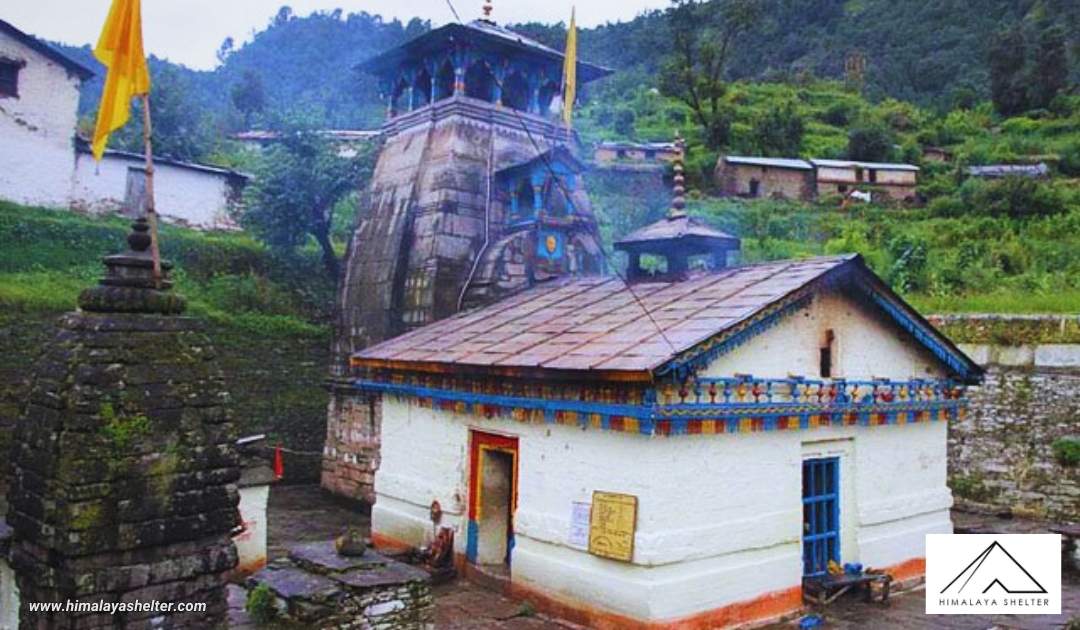
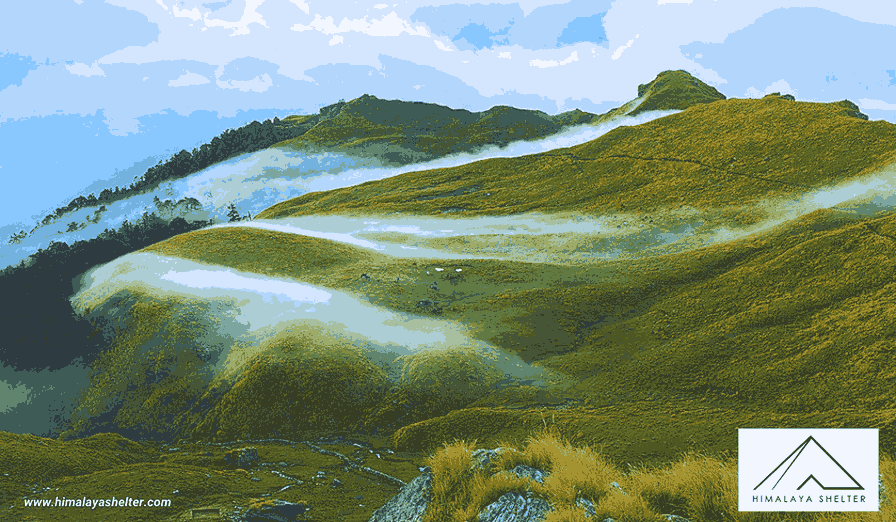
Cost: ₹26000 | $295
Type: Easy - Moderate
Best Time: May to June and September to October

Cost: ₹35000 | $414
Type: Moderate - Difficult
Best Time: May-June , September-October

Cost: ₹12500 | $144
Type: Easy - Moderate
Best Time: May | June And September | October


Cost: ₹22000 | $251
Type: Moderate - Difficult
Best Time: May to June and September to November

Cost: ₹65000 | $740
Type: Moderate - Difficult
Best Time: May to June and September to October
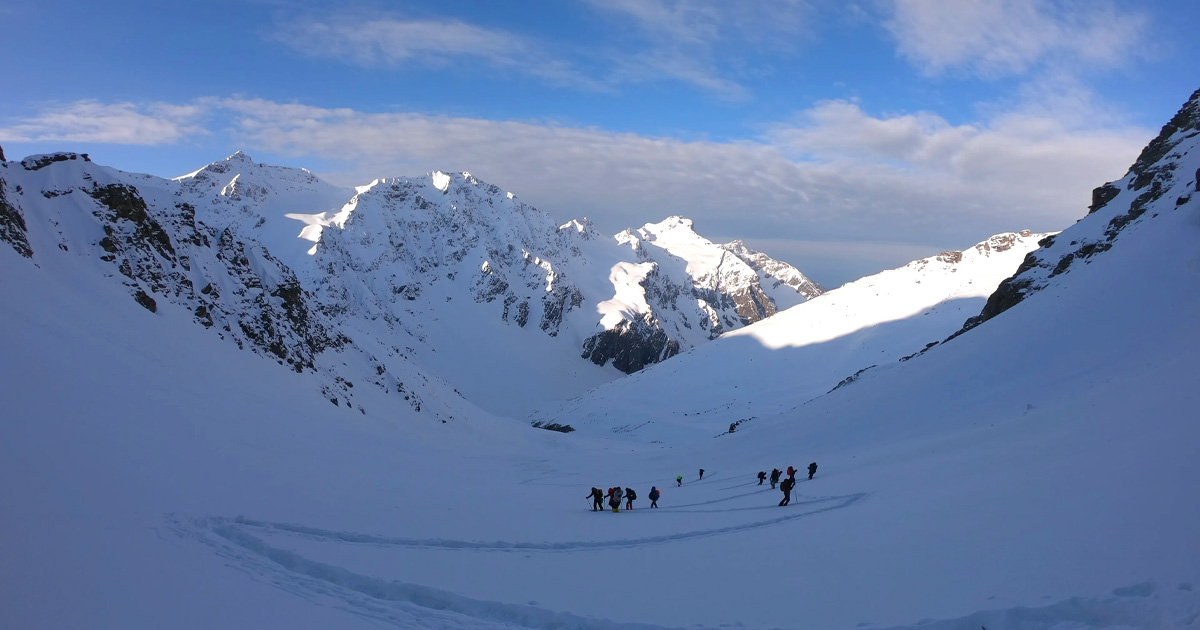
Cost: ₹19000 | $225
Type: Moderate - Difficult
Best Time: May to June | September to October

Cost: ₹16999 | $195
Type: Moderate
Best Time: May to Jun | Sep to Oct | Dec to March

Cost: ₹11,299 | $125.46
Type: Easy
Best Time: Jan | Feb | Mar | Aprill | May | Jun | Sep | Oct | Nov | Dec

Cost: ₹11700 | $134
Type: Easy - Moderate
Best Time: April to June | September to November

Cost: ₹9900 | $114
Type: Easy
Best Time: April to June and September to November
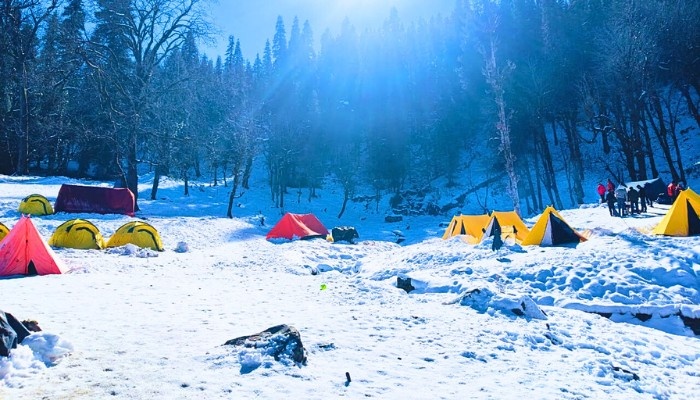



Cost: ₹45000 | $516
Type: Difficult
Best Time: May to June and September to October
